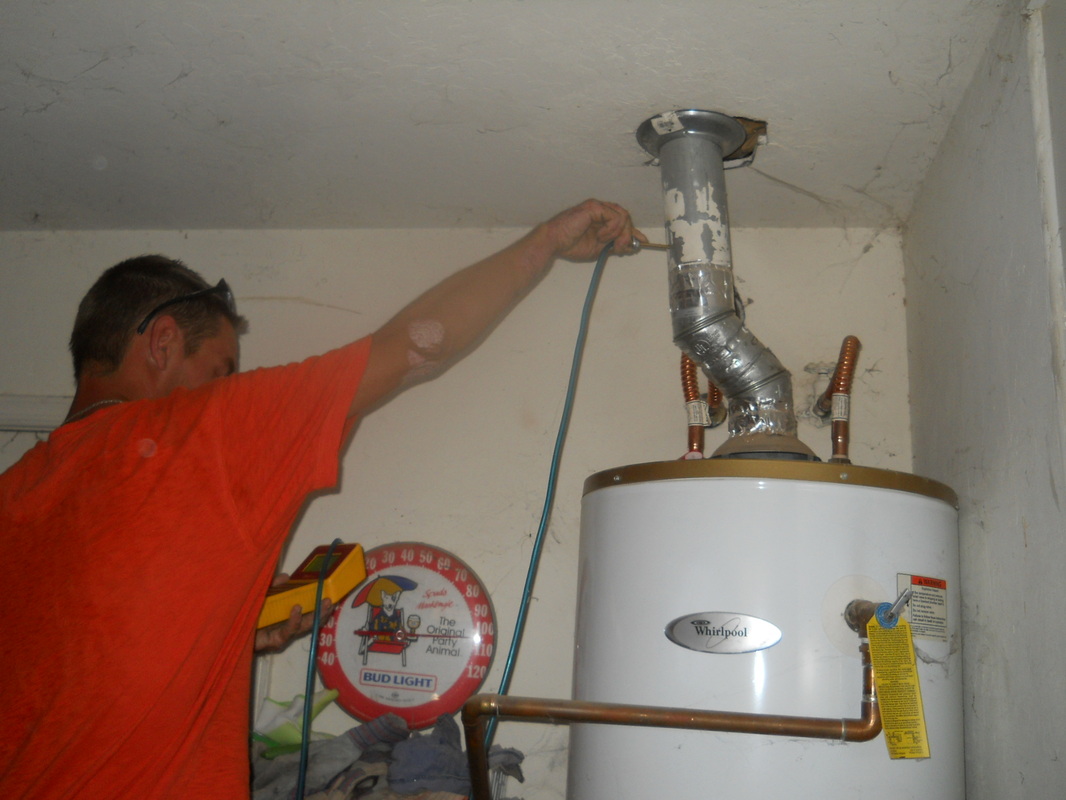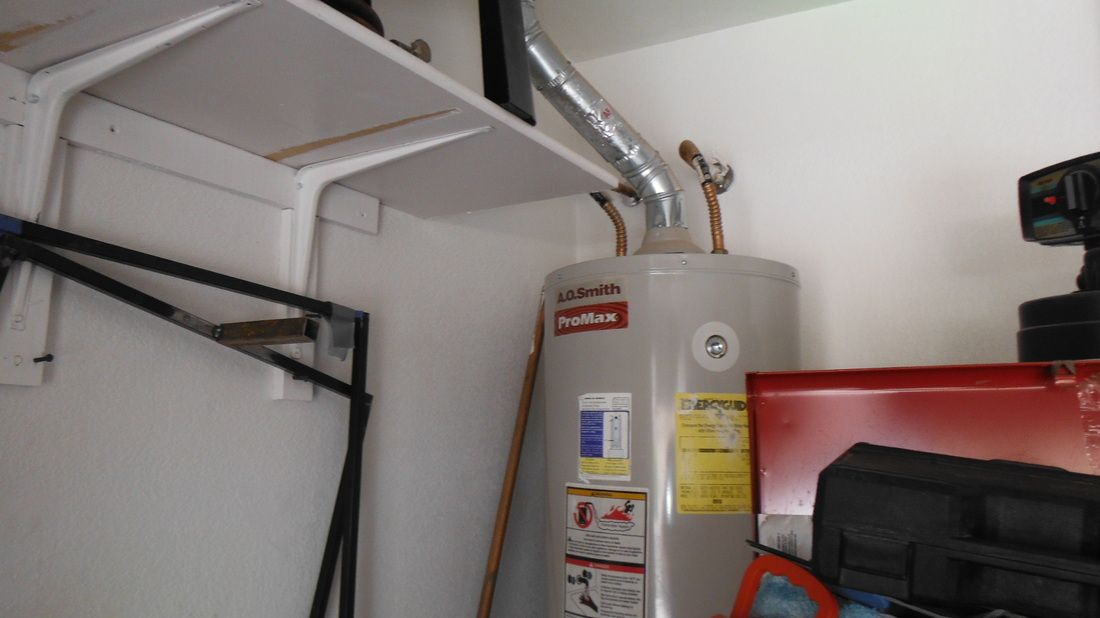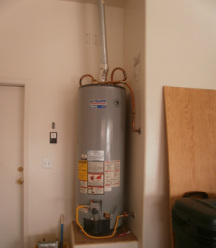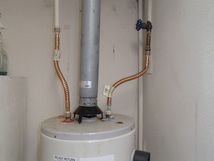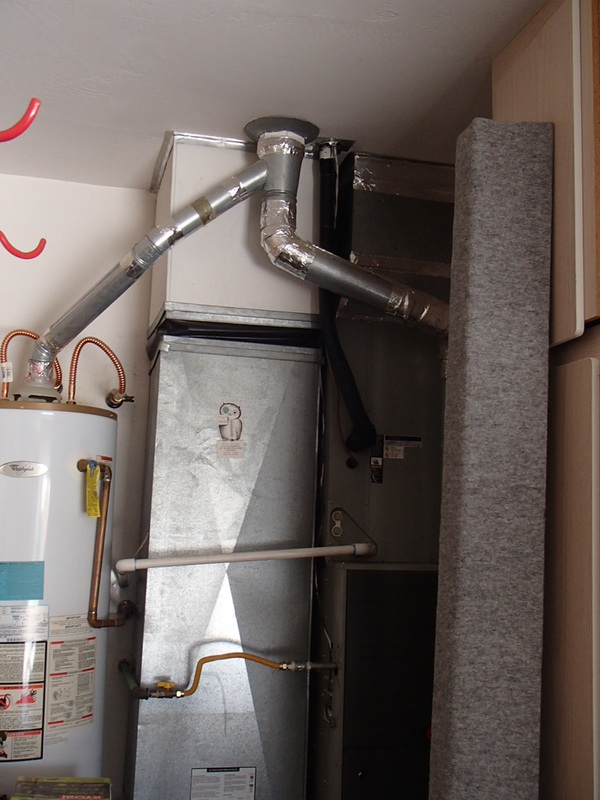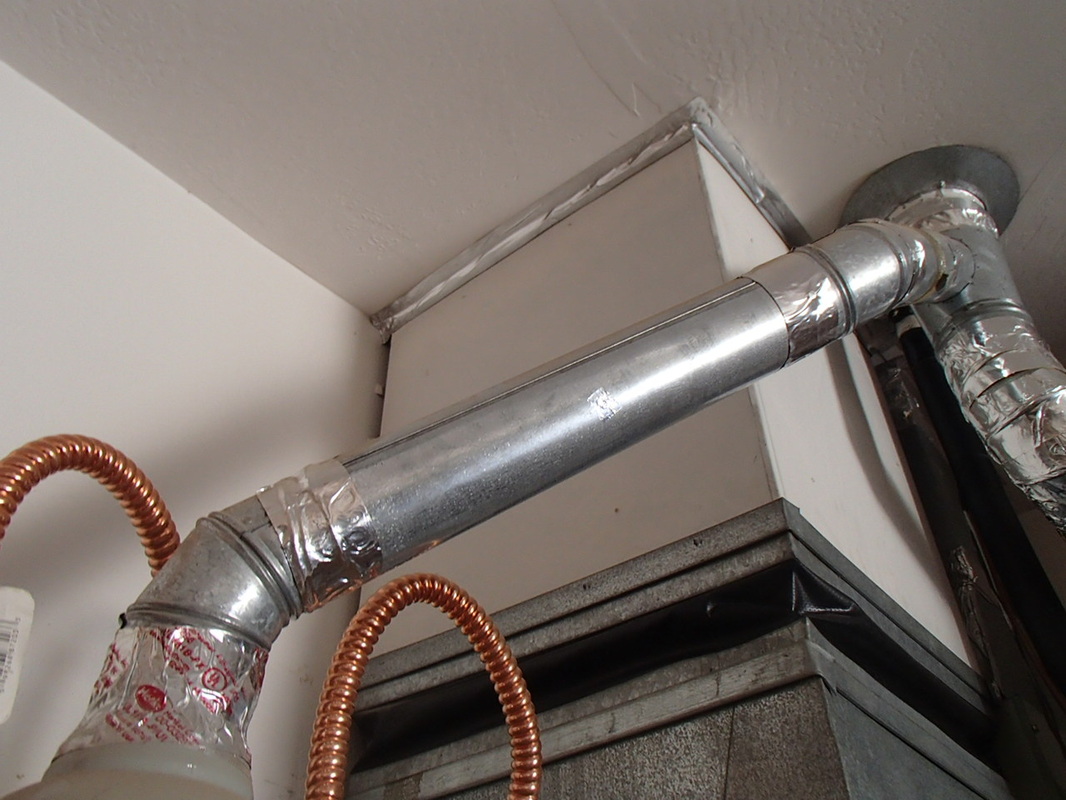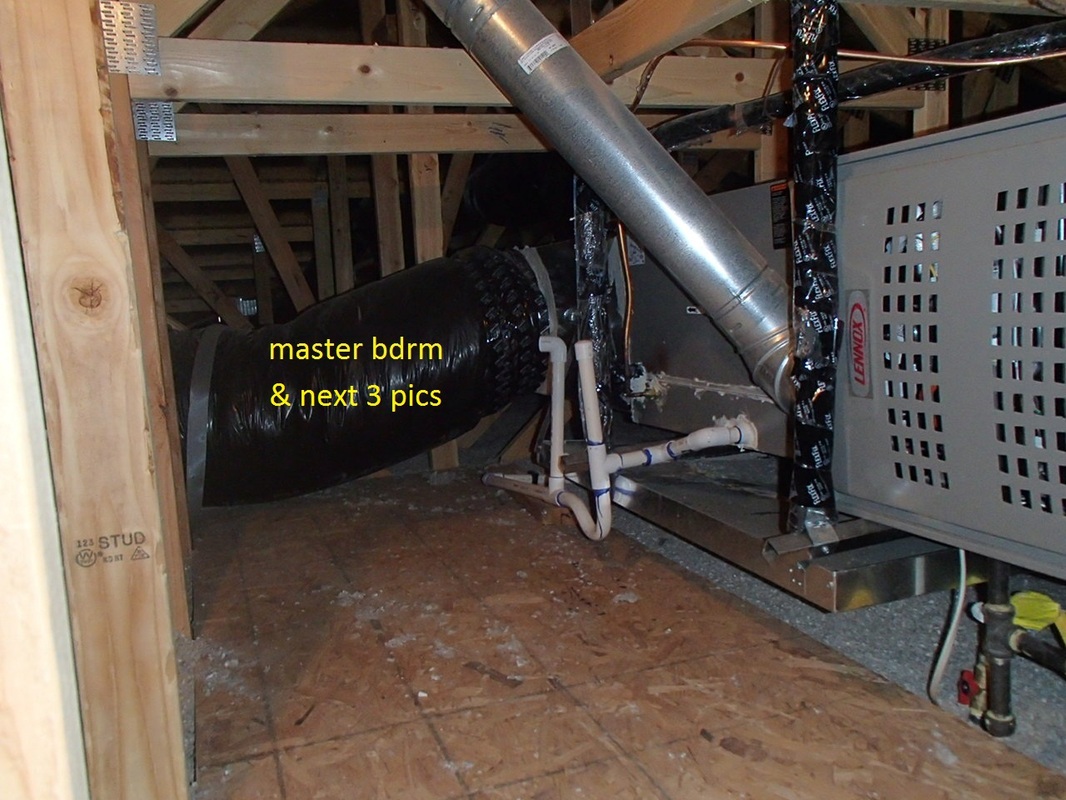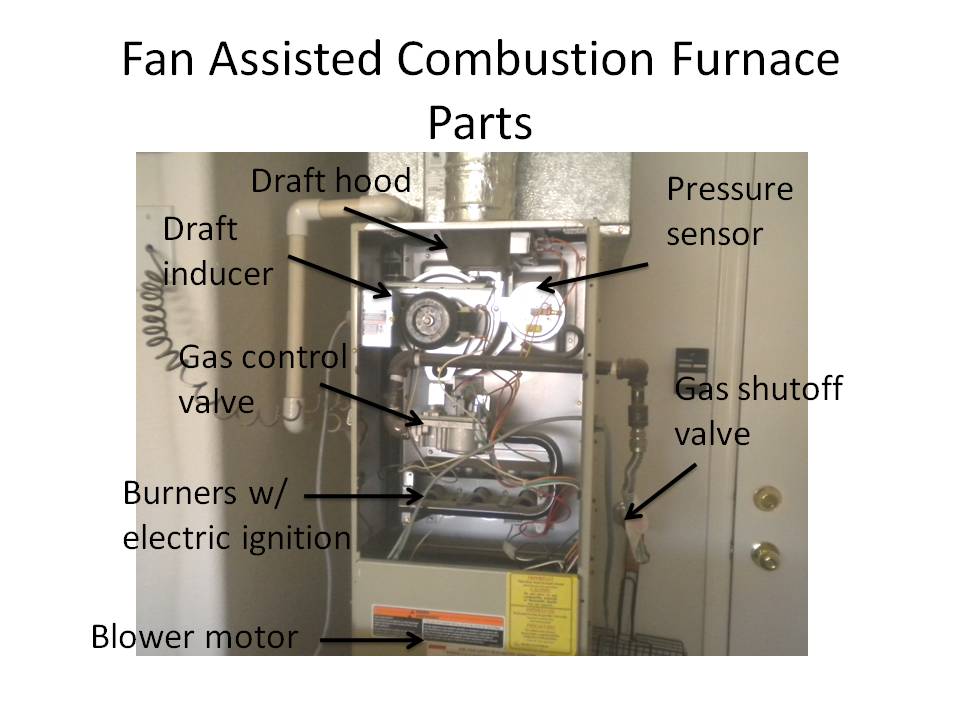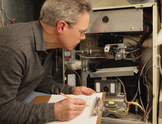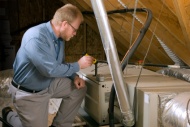FREE HERS Rater PRACTICE EXAM |
Your Online HERS Rater Training CenterCAZ Depressurization LimitsWhat is an orphan natural draft water heater?
Orphan natural draft water heater (including outside chimneys)BPI Standard of -2 Pa limit, if more negative CAZ fails
Natural draft boiler or furnace commonly vented with water heaterBPI Standard of -3 Pa limit, if more negative CAZ fails
Remember, a natural draft furnace is going to be old and have NO draft fan in the AHU cabinet. Natural draft boiler or furnace with vent damper commonly vented with
| ||||||
| resnet_mortgage_industry_national_hers_standards.pdf | |
| File Size: | 2389 kb |
| File Type: | |
Your browser does not support viewing this document. Click here to download the document.

